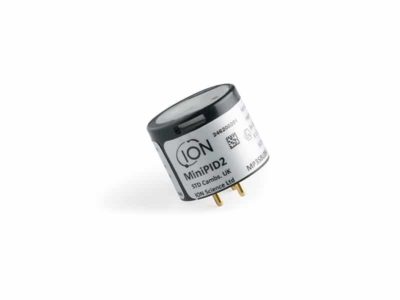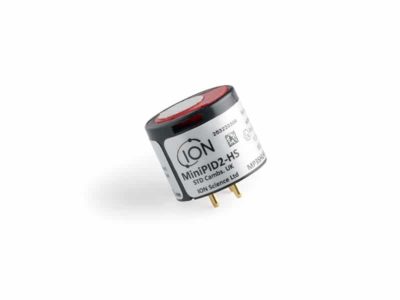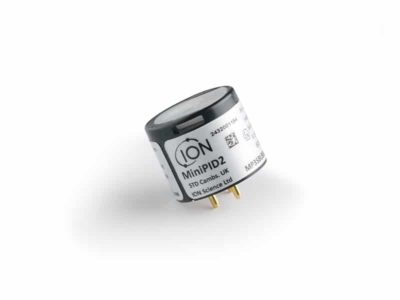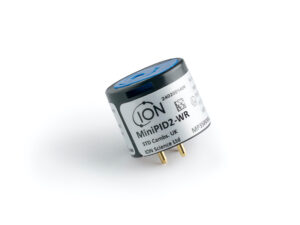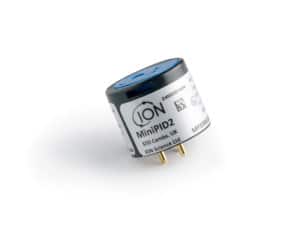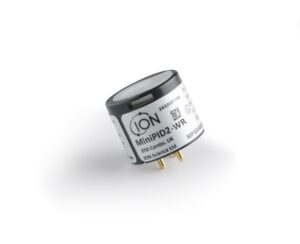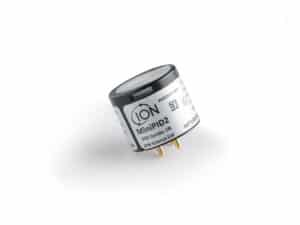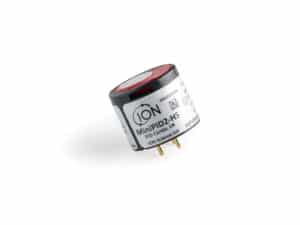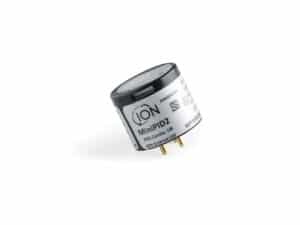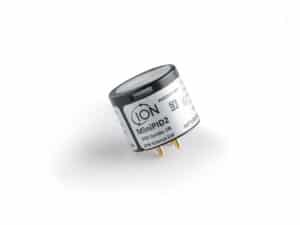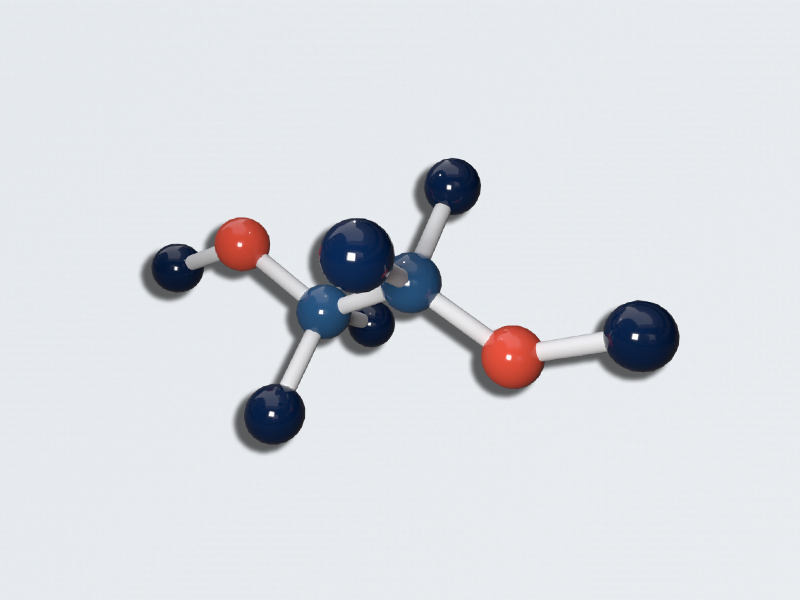
Ethylene glycol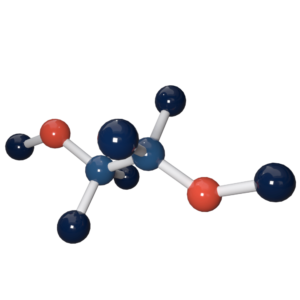
Formula: C2H6O2 | CAS: 107-21-1
Ethylene glycol detection: Ethylene glycol is odourless and thus, odour does not provide any warning of hazardous concentrations. Ethylene glycol vapour is lighter than air.
Ethylene glycol detection within transportation applications
Ethylene glycol is a key ingredient in automotive antifreeze and coolant, to help keep a car’s engine from overheating and from freezing in the winter. Ethylene glycol is a major component of deicing solutions used in a variety of transportation applications, including cars, boats and aircraft, as well as on airport runways during the cold winter months. Ethylene glycol also is an ingredient in hydraulic brake fluid products.
Shell chemicals companies are among the leading global producers of ethylene glycols – monoethylene glycol (MEG), diethylene glycol (DEG) and triethylene glycol (TEG) – with world scale plants, leading process technology and global logistics. Glycols are key intermediates in the production of polyester fibres, packaging and resins and are also used in everything from antifreezes and plasticisers to glues and film.
– Shell
Health concerns when exposed to different levels of ethylene glycol
Detecting ethylene glycol early to reduce multiple health effects
Toxic inhalation of ethylene glycol is unlikely at room temperature because of the chemical’s low volatility, but can occur when the liquid is heated, agitated, or sprayed.
Ethylene glycol is only mildly irritating to mucous membranes or skin and is slowly and poorly absorbed through the skin.
Ethylene glycol is rapidly absorbed following ingestion, which is the predominant route of exposure. Ingestion of ethylene glycol leads to systemic toxicity beginning with CNS effects, followed by cardiopulmonary effects, and finally renal failure.
Gas Factsheet
Everything you need to know about ethylene glycol detection
Our Gas Factsheets which is available to download below provides you with key information on the exposure limits and the locations of where potentially harmful gases can occur. We also share information on gas detection monitoring techniques and equipment that can help you manage gas detection in the workplace, for worker and site safety.

Ethylene glycol detection
Formula: C2H6O2 | CAS: 107-21-1
Synonyms: ethane-1,2-diol, 1,2-ethanediol, ethylene alcohol, 1,2-dihydroxyethane, ethylene dihydrate, glycol, glycol alcohol, Dowtherm SR 1, Lutrol-9, Macrogol 400 BPC, Norkool, Tescol, and Ucar 17, 1,2-ethandiol
Ethylene glyol is used widely as an antifreeze for planes and motor cars. It is used in polyester manufacture and preparations of dyes and inks.
Related Products
Download your Gas Factsheet
Simply complete the form below to obtain your Gas Factsheet on “Ethylene Glycol”.
